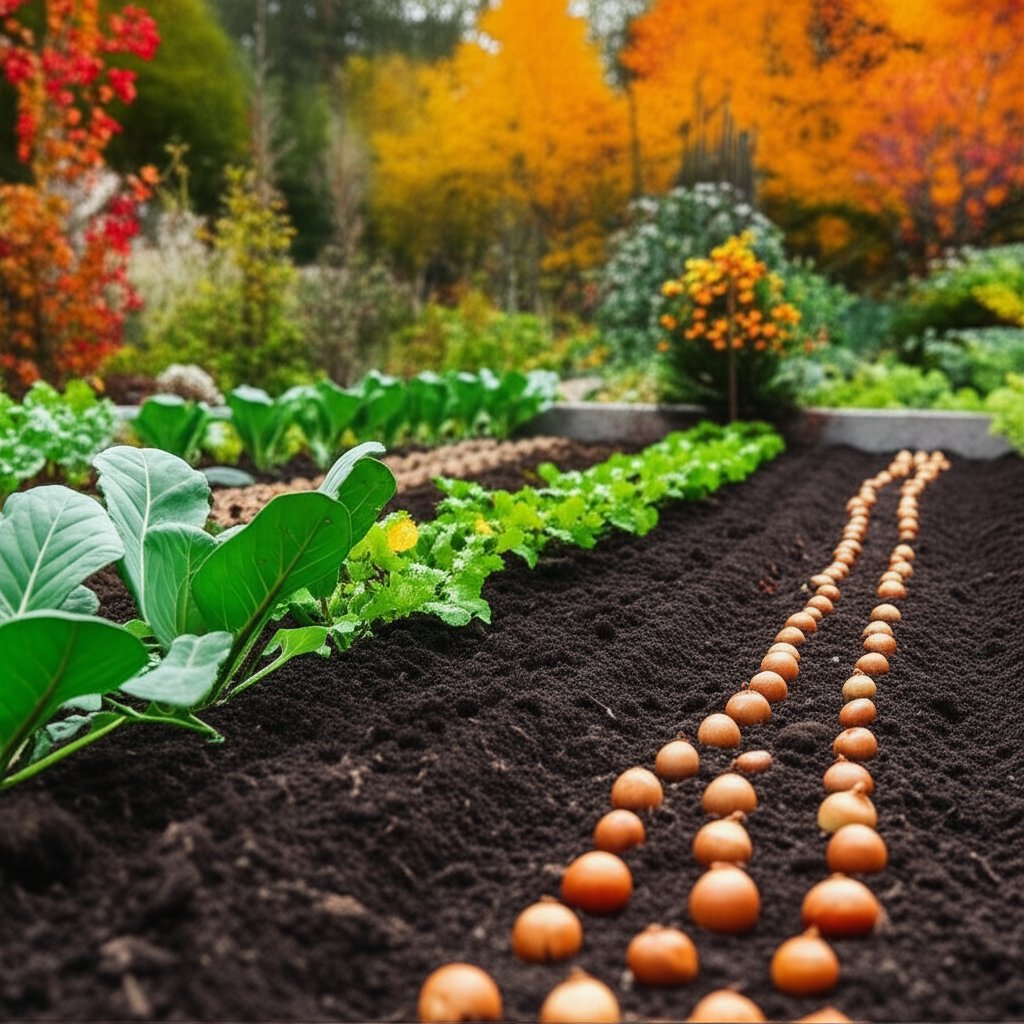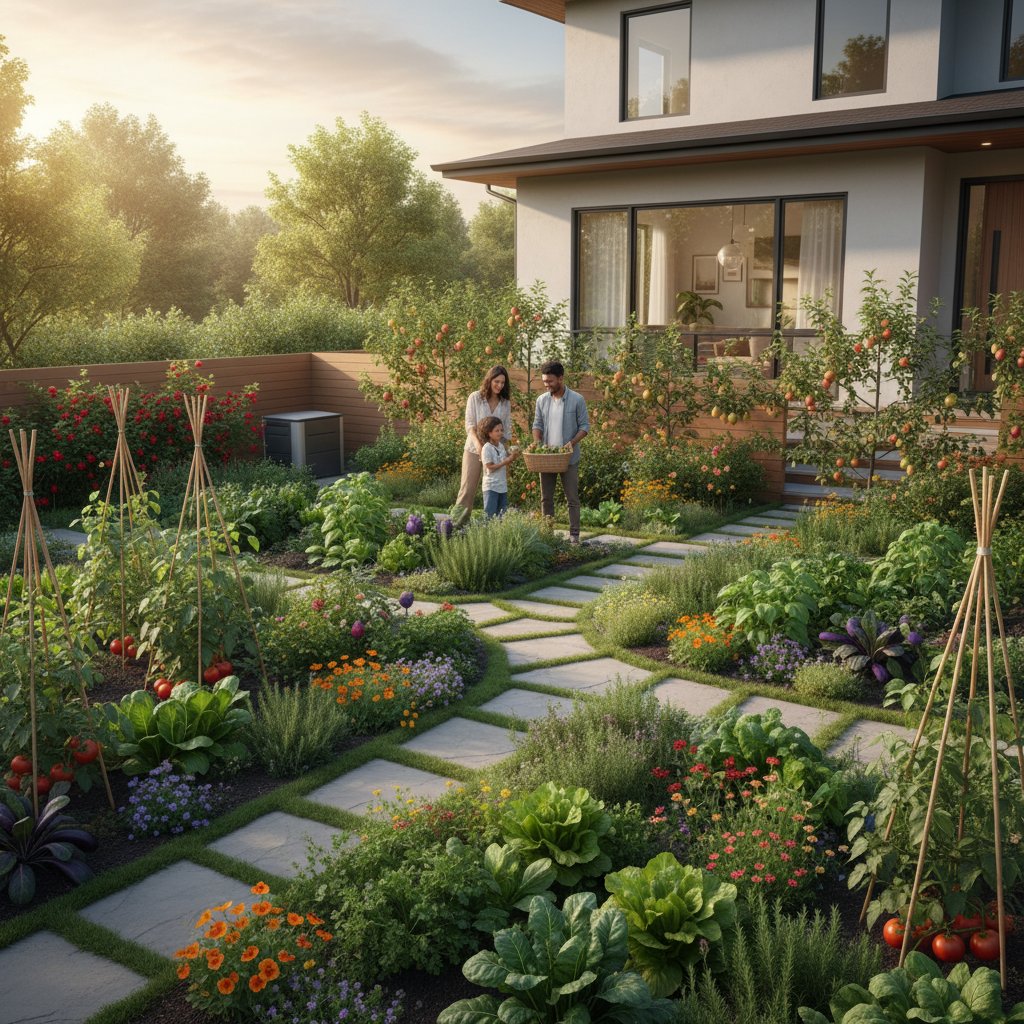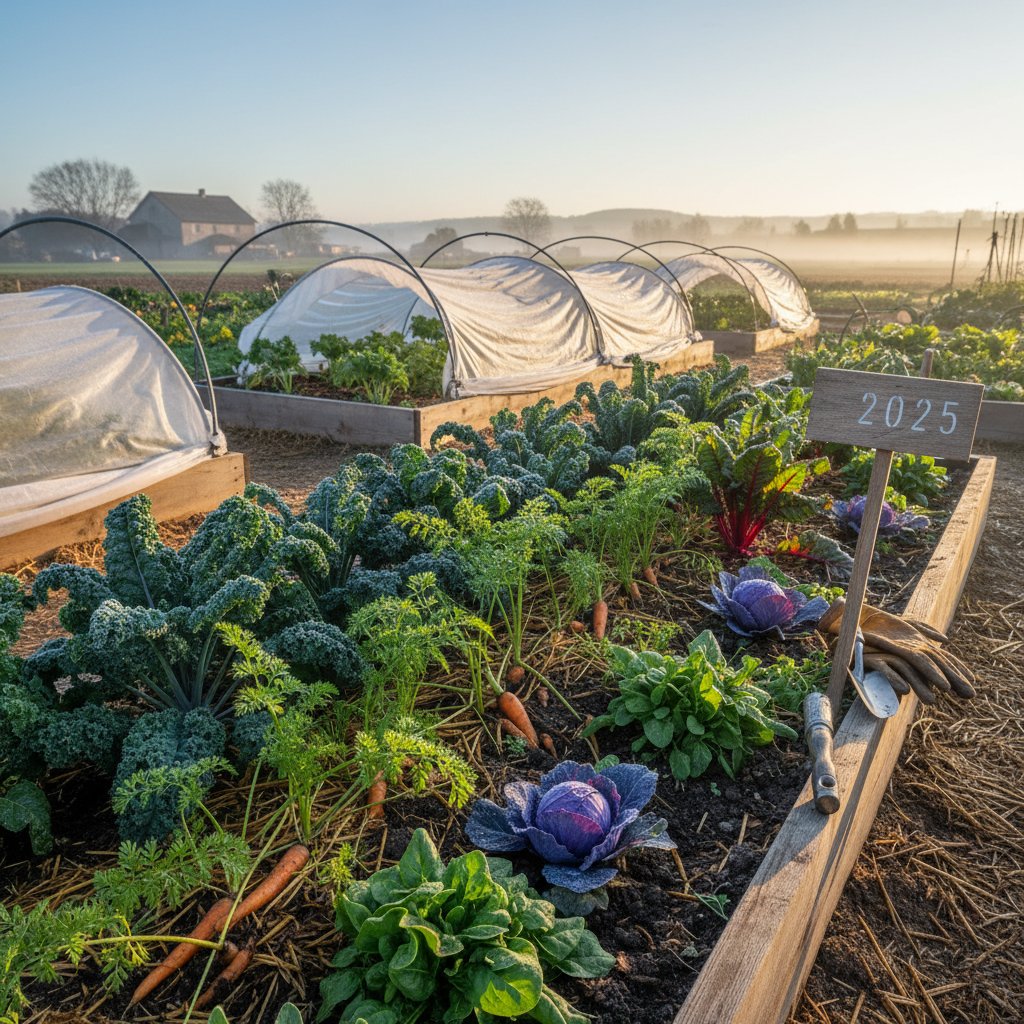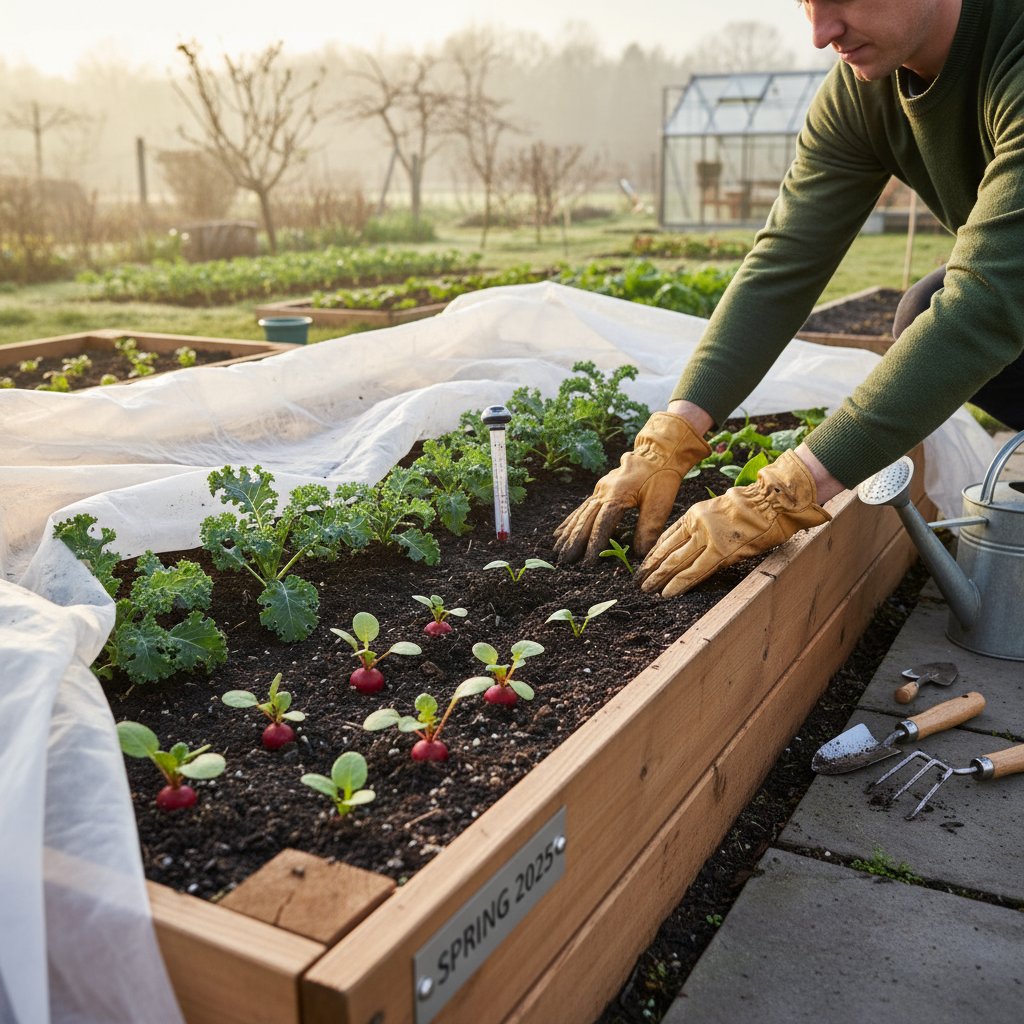Top Fall Planting Picks for 2025 Gardens and Landscapes
Have you ever looked at your garden in the fall and felt both anticipation and hesitation? The air cools, the leaves gather in piles, and you might wonder if it is too late to create something beautiful and lasting. Many gardeners feel this way. Fall can seem like the season of quiet decline, yet it is one of the best times to plant for the year ahead. Your soil is still warm, the sun is gentler, and the rhythm of nature slows just enough for roots to settle in without the stress of summer heat.
Fall planting is not about rushing to squeeze in what you missed in spring. It is about thoughtful preparation, choosing the right plants for your climate and soil, and setting the stage for a garden that feels alive and welcoming when the new season begins. If you are ready to nurture your yard into a place of renewal, here are the top fall planting picks for gardens and landscapes that will make 2025 vibrant and rewarding.
Why Fall Planting Works So Well
Before diving into specific plants, it helps to understand why autumn planting can be so effective. The soil retains warmth from summer, which encourages root development. Cooler air temperatures reduce stress on young plants, and natural rainfall often increases, which supports strong establishment. By the time spring arrives, your plants are not starting from scratch. They already have established root systems ready to fuel growth and blooms.
Planting in fall is also practical. You can see your garden more clearly once summer growth fades, making it easier to spot gaps or areas that need a touch of color or structure. The season invites reflection, giving you time to think not just about flowers and harvests, but about your outdoor space as a whole.
Vegetables That Thrive with Fall Planting
Vegetable gardens are not only for spring. Many cool-season crops prefer the mild climate of fall, and planting them now lets you enjoy harvests that stretch late into the year or set you up for early growth when warmth returns.
Leafy Greens
Leafy greens such as spinach, kale, and Swiss chard love cooler weather. They grow tender and flavorful without the bitterness that sometimes appears in summer heat. Sow seeds directly into prepared beds, or transplant seedlings for quicker results. Harvest leaves as they grow, and you will enjoy fresh salads and sautés long after other crops fade.
Root Vegetables
Carrots, beets, and radishes are excellent fall crops. They develop sweeter flavors as temperatures drop, since the plants concentrate sugars in their roots. Sow them in loose, well-drained soil where they have room to stretch downward. Radishes mature quickly, while carrots and beets take more time but reward your patience with rich taste and storage potential.
Garlic and Onions
Garlic and onion sets planted in the fall will overwinter in the soil, sending up green shoots early in the spring. By the time summer arrives, they are ready for harvest. Plant garlic cloves pointy side up, about two inches deep, in rows with space to expand. Onion sets can be tucked into beds in the same way. These crops are low maintenance, and they reward you with strong yields.
Flowers That Shine with Fall Planting
When gardeners think of flowers, spring often takes the spotlight. Yet fall planting creates the most reliable blooms in the coming year. Roots establish deeply while the surface rests, and when warm weather returns, you are greeted with color and fragrance.
Spring Bulbs
Tulips, daffodils, hyacinths, and crocus bulbs should all be planted in fall. They require a period of cold dormancy to produce flowers. Choose firm, healthy bulbs and plant them at a depth about three times their height. Imagine the joy of seeing the first daffodils open when winter finally loosens its grip.
Perennials
Perennials are plants that return year after year. Fall is an excellent time to set them in the ground because they can establish roots without putting energy into blooms. Coneflowers, black-eyed Susans, hostas, and daylilies are just a few examples. By the next season they will reward you with fuller, stronger growth.
Shrubs with Seasonal Interest
Flowering shrubs like hydrangeas, lilacs, and viburnum can be planted in fall so they are ready to flourish next year. Think of them as anchors in your landscape. They provide structure, privacy, and long-lasting beauty. Choose varieties that suit your light and soil conditions, and water them well as they settle in.
Trees That Benefit from Fall Planting
Adding a tree to your yard is an investment in both beauty and shade. Fall is the perfect time to plant trees because they focus on root growth rather than top growth during this season.
- Maples provide brilliant autumn color that will be a highlight of your landscape for decades.
- Fruit trees such as apple, pear, or plum do well when planted in fall, giving them a head start before their spring bloom cycle.
- Evergreens like spruce, pine, or arborvitae add year-round interest and create natural screens for privacy.
When planting trees, dig a wide, shallow hole so roots can spread easily. Water deeply after planting and maintain consistent moisture until the ground freezes.
Herbs That Prefer a Gentle Start
Herbs may seem delicate, but several types thrive with fall planting. By the time spring arrives, they are strong and ready for harvest.
- Parsley is a biennial that grows lush foliage the first year and sends up flowers the second. Plant it in fall to enjoy early greens.
- Thyme and oregano are hardy perennials that settle quietly through winter and burst with flavor when warmth returns.
- Cilantro prefers cooler temperatures, making fall ideal for its growth.
Plant herbs in well-drained soil and consider placing them close to your kitchen for easy access.
Preparing Your Soil for Success
Healthy soil is the foundation of every thriving garden. Fall is the time to enrich your beds so that they are ready to support new life.
Start by clearing away spent plants, weeds, and debris. This prevents disease from carrying over. Add compost to replenish nutrients and improve structure. If your soil is heavy clay, mix in coarse sand or organic matter to improve drainage. For sandy soils, add compost to hold moisture.
A soil test can help guide you, but if that feels overwhelming, simply adding organic compost each fall will steadily improve your ground. Mulch around new plantings to insulate roots, conserve moisture, and reduce weed growth.
Designing with Fall Planting in Mind
Fall planting is not only about filling gaps. It is also about imagining how your space will look through the seasons. Think about layers. Trees form the highest layer, shrubs add middle structure, perennials and annuals bring color closer to the ground, and groundcovers tie everything together.
Consider bloom times so that your garden has interest year-round. Pair spring bulbs with summer perennials and fall-blooming plants like asters or mums. Add evergreens for winter presence. This layered approach creates balance and ensures your yard feels alive in every season.
Small Steps That Make a Big Difference
You do not have to overhaul your entire yard to enjoy the benefits of fall planting. Start small.
- Plant a cluster of bulbs near your front walkway.
- Add one or two fruit trees where you imagine enjoying shade or harvests in years to come.
- Tuck in herbs along the edges of vegetable beds.
These small actions bring immediate satisfaction and long-term rewards. Over time, they build a landscape that feels personal and abundant.
Caring for New Plantings
Once your plants are in the ground, they still need attention. Water them regularly until the soil freezes. Even in cool weather, roots need moisture to grow. Protect tender perennials and young shrubs with a layer of mulch. In colder regions, consider covering delicate plants with burlap or frost cloth.
Do not fertilize heavily in fall. Too much nitrogen encourages leafy growth when plants should be focusing on roots. Instead, rely on compost and organic matter that release nutrients slowly.
Watching Your Garden Thrive
The beauty of fall planting is that it invites patience. You tuck seeds, bulbs, or young plants into the soil, trusting that they will awaken when the time is right. Spring becomes a season of surprise and delight as your careful work reveals itself in blooms, harvests, and leafy growth.---
Your Next Steps
If your garden feels tired or empty, this is your moment to refresh it. Walk your yard and notice where there is room for more life. Picture the first tulips opening near your porch, the shade of a young maple reaching across your lawn, or the taste of carrots pulled from the soil on a crisp day.
Choose one or two planting projects that inspire you and begin there. Enrich your soil, plant with care, and water consistently. With each step you take, you are not just filling space, you are shaping a place where you can rest, gather, and feel connected.
Fall planting is an act of quiet preparation, a way of investing in the seasons to come. Trust that the effort you put in now will reward you with beauty, food, and joy throughout 2025 and beyond. Your garden is waiting, and it is ready to thrive.



